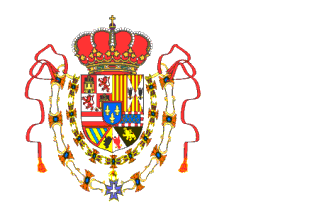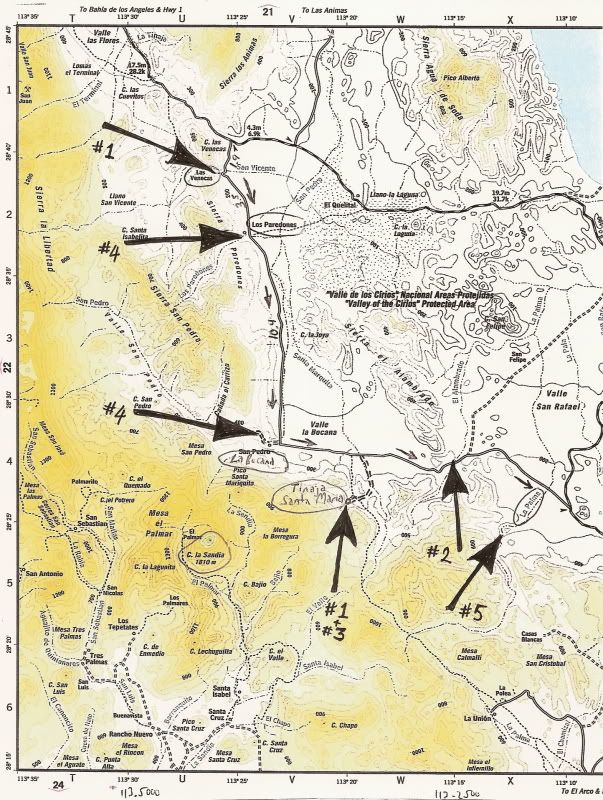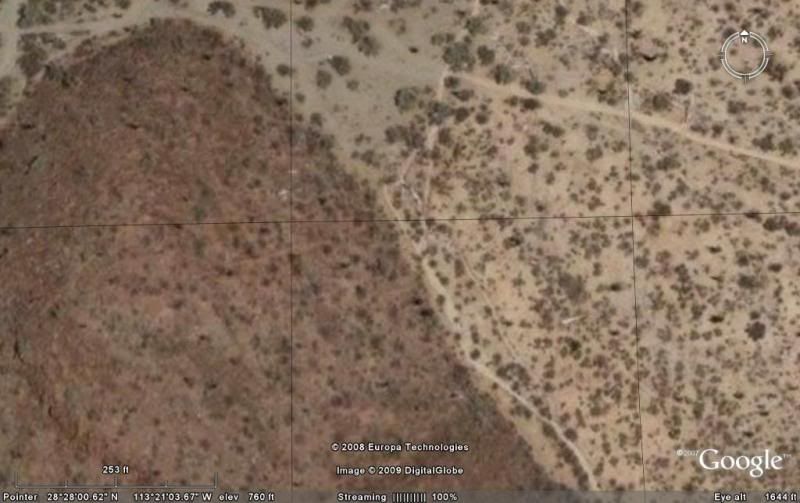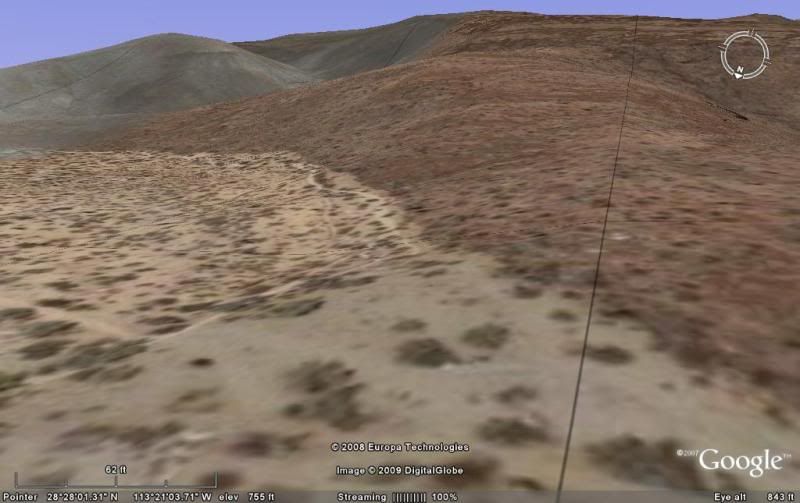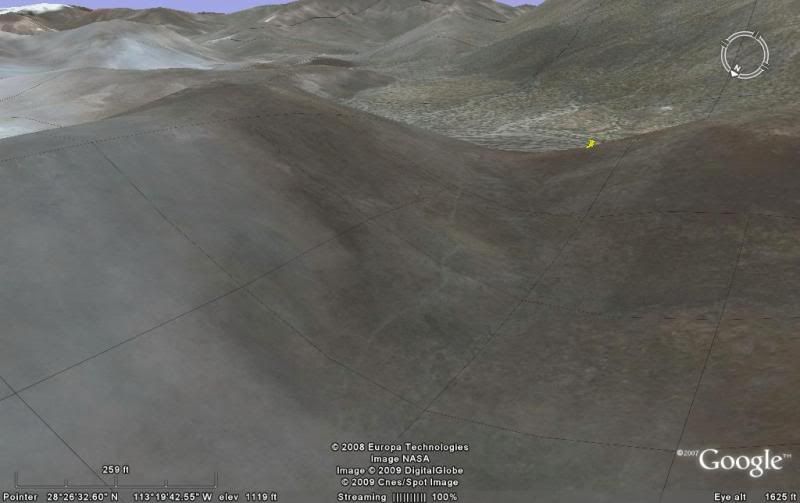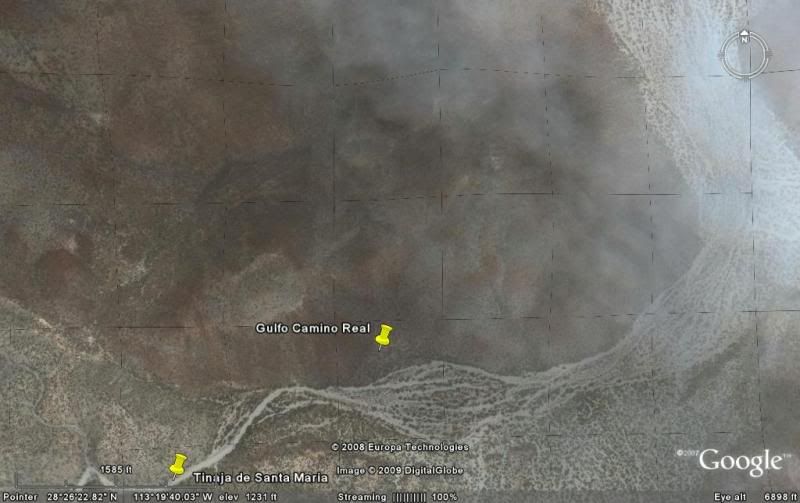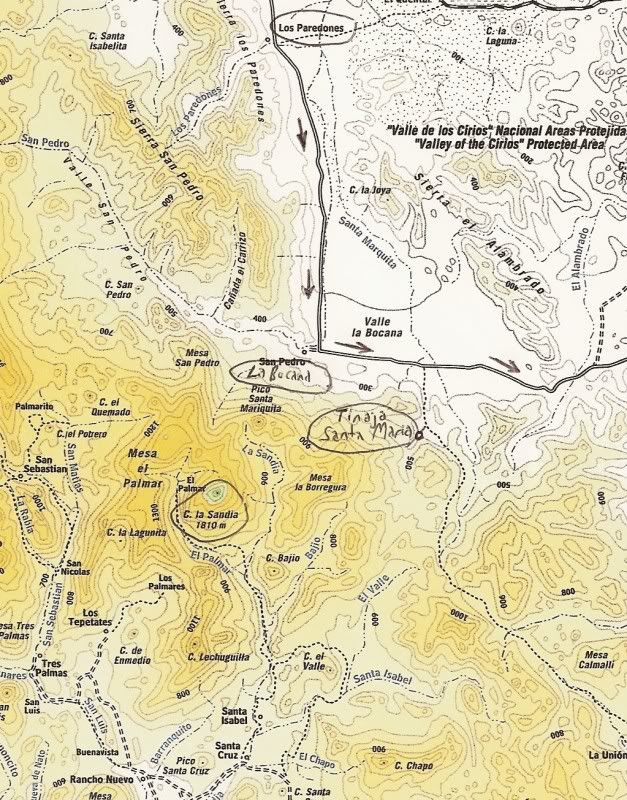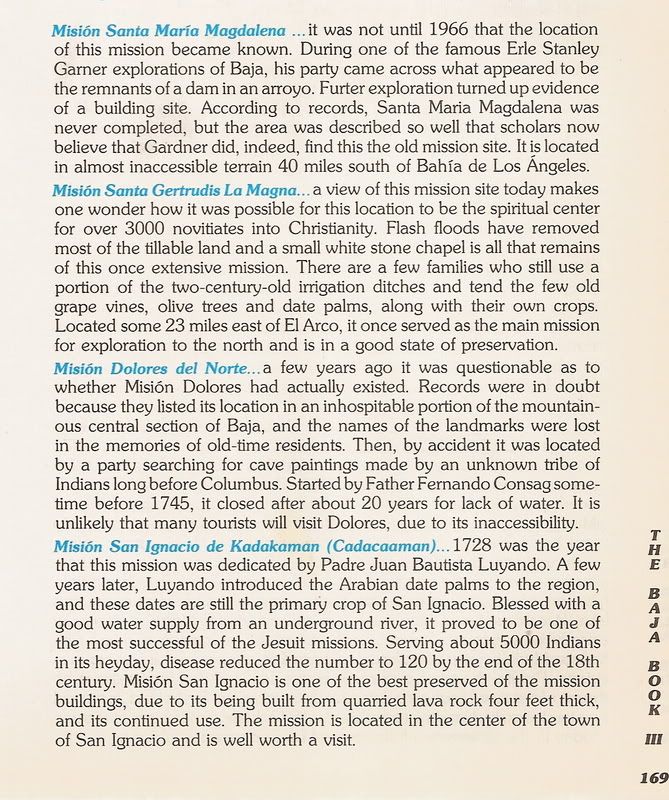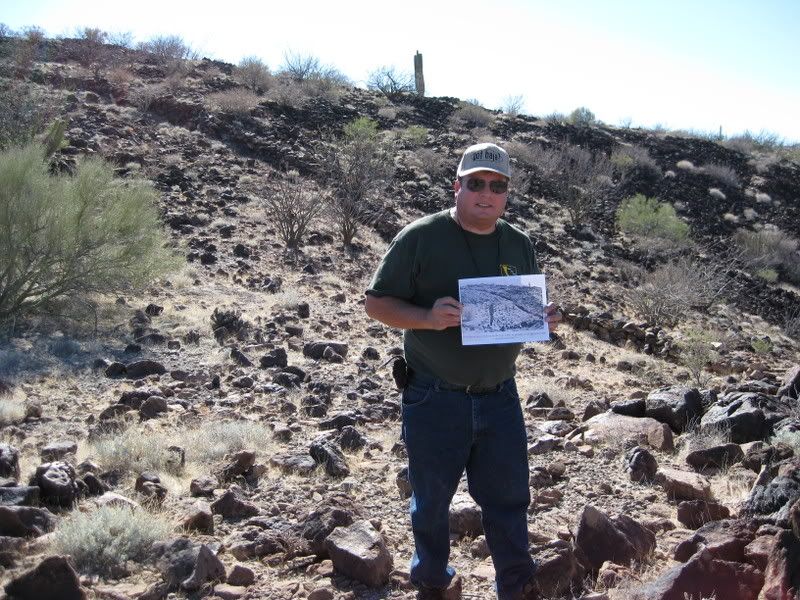Originally posted by Vince
Fascinating stories and photos, David! You have been the perfect steward of Choral Peppers donated material, we look forward to more. Reading all
that reminds me of the stories of Bud Bernhard. One story he told me was of the hidden gold and treasure just inside Bahia Conception near the sandy
beach on the peninsula side. He explored the area several times looking for it but obviously no luck. I stop there often to explore and clean fish,
but never had a pick and shovel with me. Then there was the one about the 30 foot rattlesnake in the Sierra Martir Mountains......
|

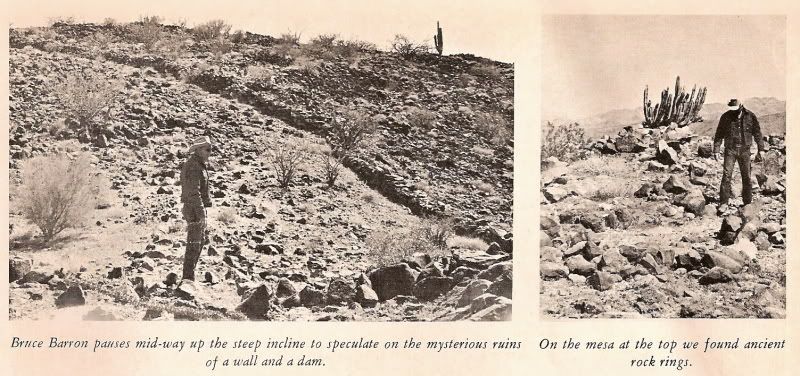


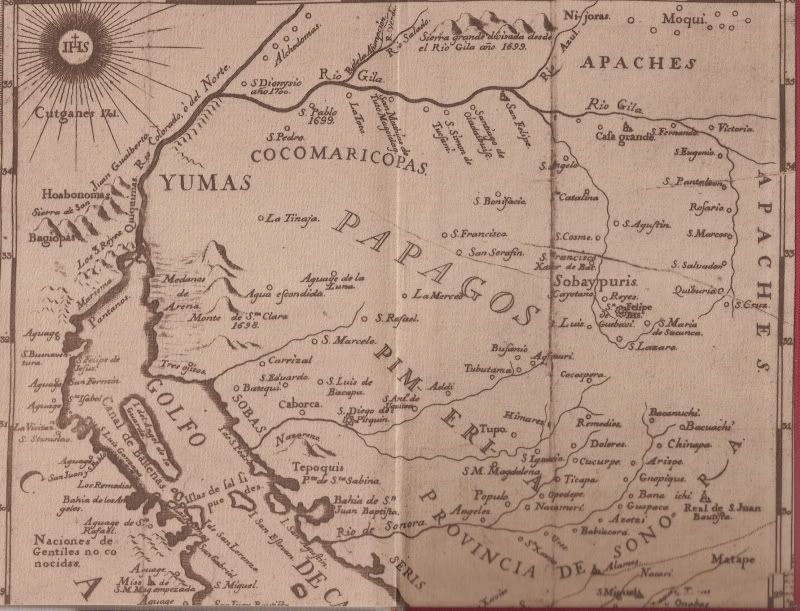
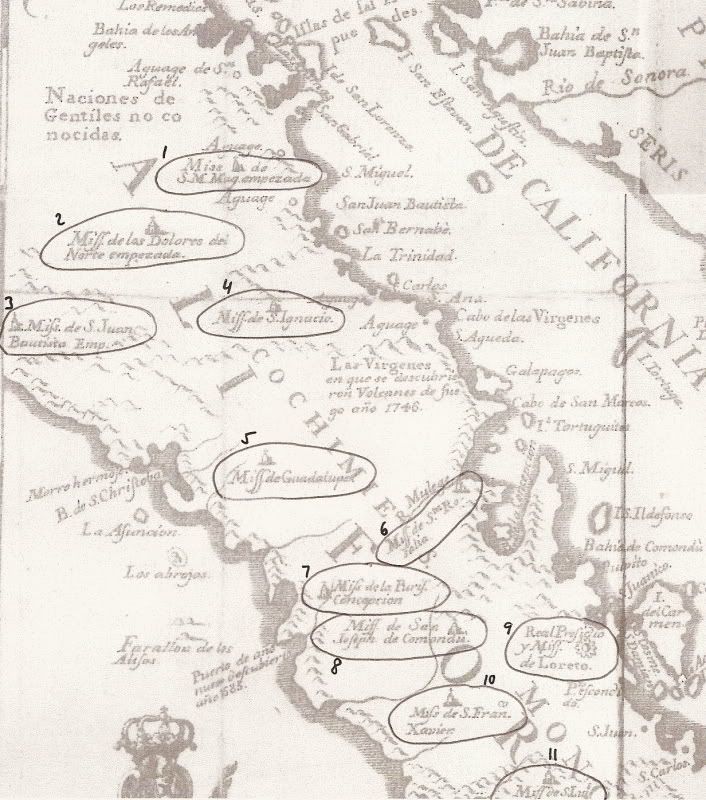

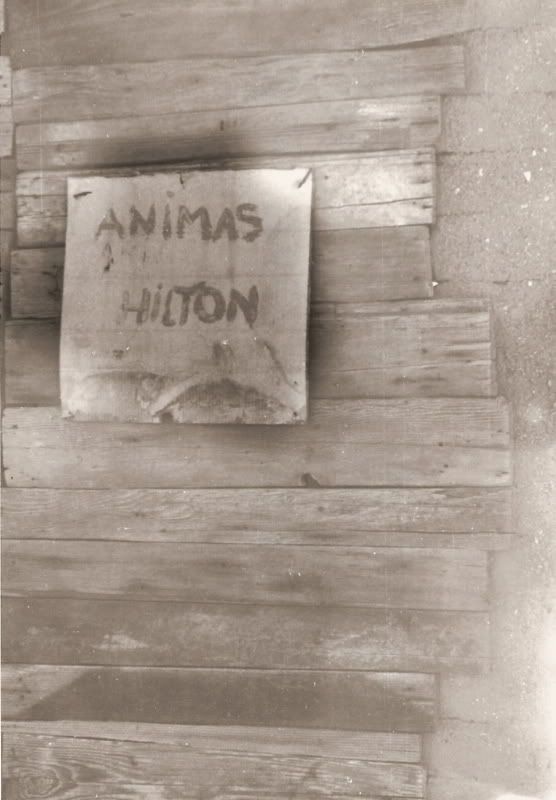
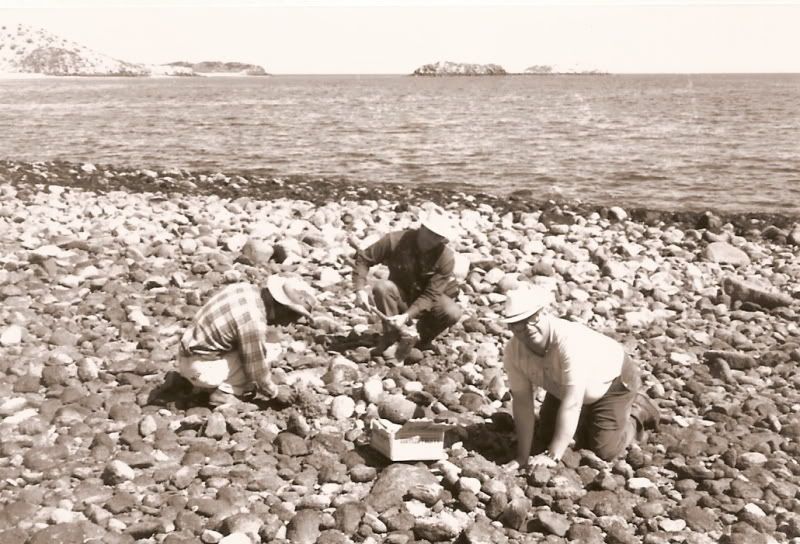
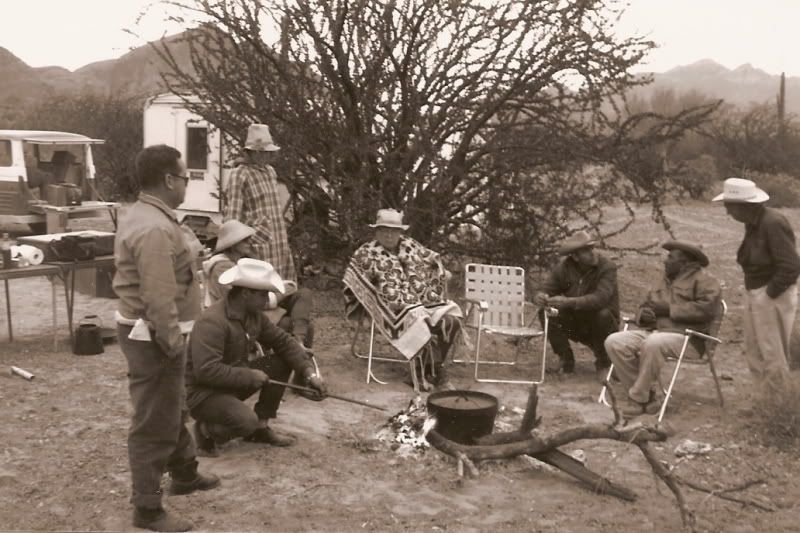
 Now that's confidance.
Now that's confidance. 


